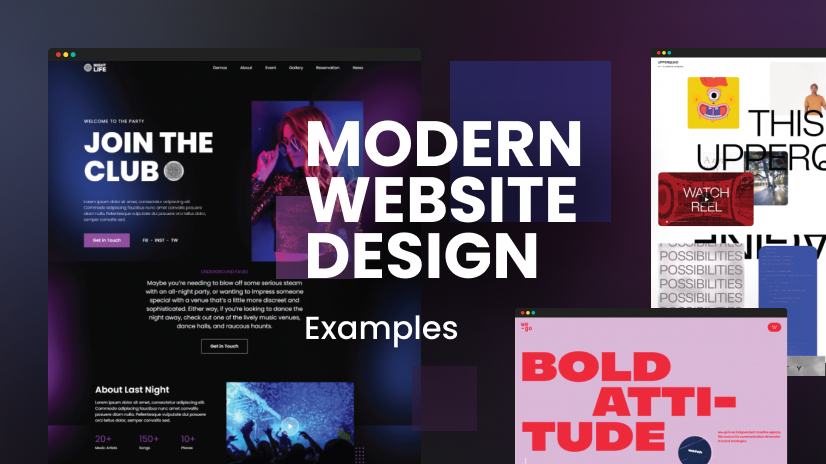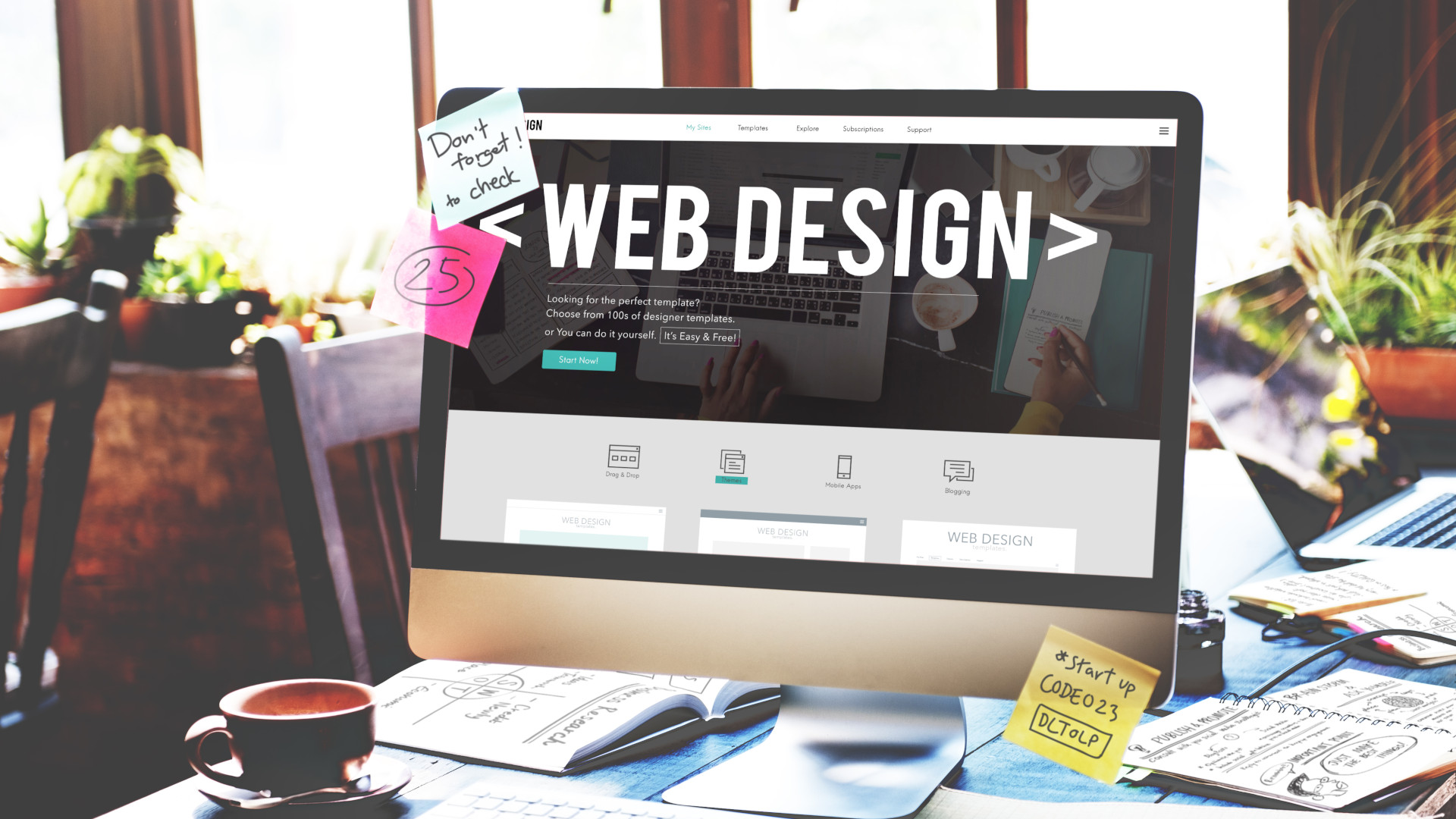Leading Tips for Developing an Impactful Website Style That Converts
In today's electronic landscape, the value of an impactful site layout can not be overemphasized, especially when it pertains to converting visitors right into consumers. To attain this, one need to consider a selection of aspects, consisting of recognizing the target market, focusing on customer experience, and optimizing for mobile systems. In addition, the tactical use of engaging call-to-actions and a distinct visual hierarchy plays a critical function in directing individuals via their trip. As we check out these crucial components, it comes to be apparent that the success of your web site pivots on even more than simply appearance; it needs a thoughtful strategy to design and capability.

Understand Your Target Audience
Understanding your target market is basic to efficient web site layout, as it prepares for producing an engaging individual experience. Recognizing that your users are, including their demographics, preferences, and habits, enables designers to customize the site's material, layout, and functionality to satisfy certain requirements.
Performing thorough market study is critical in this process. Studies, interviews, and analytics can provide beneficial understandings into customer expectations and pain points. By assembling this information, designers can develop customer personas that represent various segments of the audience, making certain that design decisions are educated and relevant.
In addition, comprehending the target audience aids in picking appropriate style elements such as color systems, typography, and imagery that resonate with customers. A web site that talks directly to its target market fosters a sense of connection and depend on, motivating longer check outs and higher conversion rates.
Inevitably, a user-centered approach to internet site style not only improves individual contentment but also supports business goals by driving interaction and commitment. By prioritizing the demands and preferences of the target market, a site can effectively serve its purpose and accomplish desired outcomes.
Prioritize Customer Experience
To enhance the total performance of a site, focusing on individual experience (UX) is essential (Website Design). A well-designed UX makes certain that site visitors can browse the site easily, find info rapidly, and involve with content meaningfully. This leads to increased individual satisfaction and greater conversion rates
Begin by implementing instinctive navigation. Menus needs to be rationally structured, permitting customers to situate essential locations of the website with minimal initiative. Uniformity in style elements, such as color design and font styles, cultivates knowledge, which is vital for preserving individual involvement.
Furthermore, consider the filling speed of your site. A hold-up of simply a couple of secs can bring about substantial drop-offs, as users are much less most likely to wait on a slow-loading web page. Improving photos and optimizing code can boost efficiency and keep visitors.
Furthermore, clarity in material presentation is vital. Usage succinct, engaging language and separate text with visuals to enhance readability. By prioritizing user experience, you not only develop a more satisfying environment for other site visitors however also strengthen your brand's integrity. Inevitably, a concentrate on UX is a financial investment Website Design in the long-term success of your internet site.
Optimize for Mobile Instruments
Optimizing for mobile tools is essential in today's electronic landscape, where an enhancing number of customers accessibility internet sites with smart devices and tablets. A mobile-friendly layout not only improves individual experience yet also plays a significant duty in improving search engine rankings. To attain this, it is important to embrace a receptive layout that instantly adapts to different display dimensions and orientations.

Packing speed is an additional critical factor; mobile individuals are generally less client and anticipate quick access to details. Enhance images and leverage browser caching to enhance performance. Finally, examination your internet site on multiple devices and screen resolutions to determine and remedy any kind of prospective functionality problems. By prioritizing mobile optimization, you make certain that your website stays affordable and effectively engages a more comprehensive audience.
Usage Compelling Call-to-Actions
A web site's effectiveness typically depends upon its capability to lead site visitors toward wanted actions, making engaging call-to-actions (CTAs) vital click for source elements of layout. CTAs work as the critical factors that direct customers to involve with the website, whether that means buying, registering for an e-newsletter, or downloading a source.
To develop effective CTAs, clearness is extremely important. Usage succinct language that clearly connects the activity you want the customer to take.
Furthermore, the style of CTAs must attract attention without being noticeable. Use contrasting shades and clear typefaces to ensure they catch interest. Additionally, take into consideration making use of directional cues, such as arrowheads or pictures, to direct users towards these switches. By concentrating on these aspects, businesses can considerably boost user involvement, driving conversions and inevitably attaining their website's objectives.
Concentrate On Visual Hierarchy
Efficient site style depends heavily on a well-structured aesthetic pecking order that guides individuals via material effortlessly. By arranging elements in a way that prioritizes information, developers can boost user experience and assist in decision-making. This includes using size, color, contrast, and spacing tactically to accentuate the most vital components of a web page.
The use of larger fonts for headings and subheadings establishes a clear difference between various areas, allowing customers to scan content easily. Additionally, utilizing contrasting colors for switches and calls-to-action can capture customer focus and encourage interaction. Whitespace is another essential element; it protects against mess and makes it possible for users to concentrate on vital messages without interruptions.
Images and graphics should enhance the message while additionally adhering to the well established power structure, reinforcing the overall message (Website Design). Consistency in layout components, such as color design and typography, more enhances the visual hierarchy, making navigation instinctive

Final Thought
Finally, efficient website style demands an extensive understanding of the target audience, prioritization of individual experience, and mobile optimization. The calculated use engaging call-to-actions and a well-defined visual pecking order additionally enhances customer involvement. By implementing these principles, sites can attain higher conversion rates, ensuring that layout elements not just attract site visitors yet additionally help with smooth navigating and communication. Eventually, a well-executed site style offers as a crucial part in driving user activities and attaining service purposes.
Comments on “Low-Cost and Skilled Website Design for Small Business Owners”